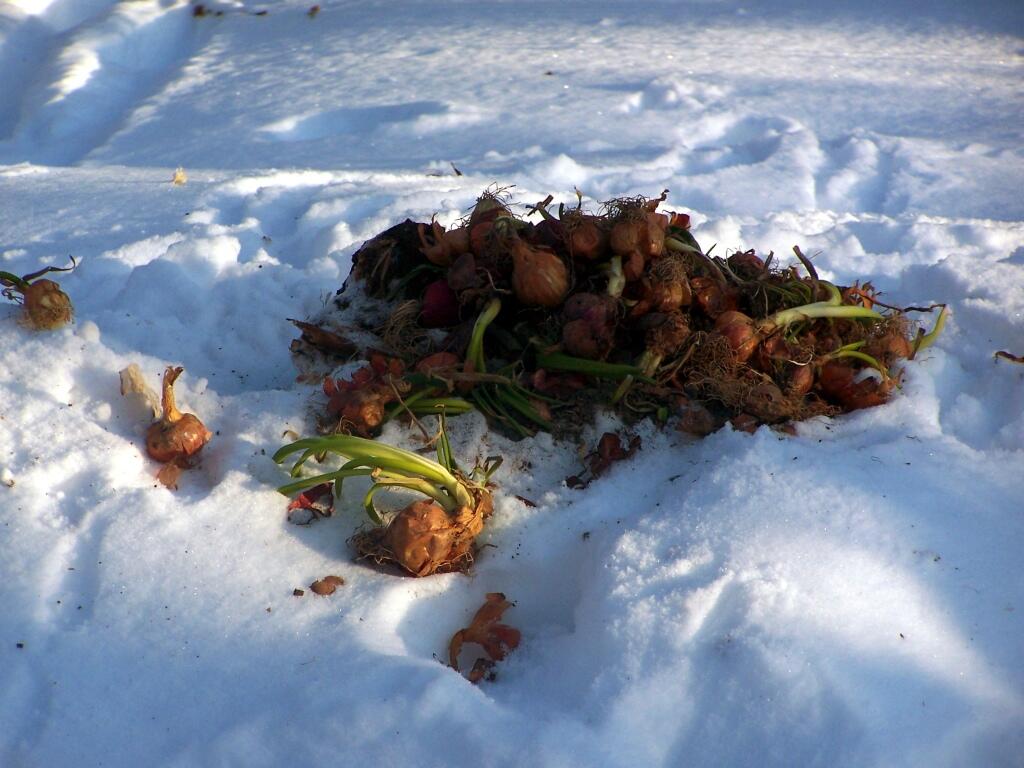Coronavirus: Do reusable grocery bags spread the virus? And are they banned? – Daily Democrat
Do reusable grocery bags spread the virus? And are they banned? – Daily Democrat
“So far, evidence suggests that the virus does not survive as well on a soft surface (such as fabric) as it does on frequently touched hard surfaces like elevator buttons and door handles,” wrote Dr. Lisa Lockerd Maragakis, an epidemiologist at Johns Hopkins University, in a recent article.
She noted that the 72-hour life of the virus on plastic has received a lot of attention, but the scientists who made that discovery found that by 72 hours less than 0.1% of the starting virus material remains, meaning infection is unlikely.
Even though that study didn’t expressly answer the question about reusable bags, it can inform decisions about them, some experts say.
“When I think about what the things are that we can do to reduce pandemic risk, do I think this is the most important thing? No,” said Dr. Stephen Luby, an epidemiologist and professor of medicine at Stanford University. “Is there some evidence to support it? Yes. I guess I would say I don’t find it unreasonable.”
